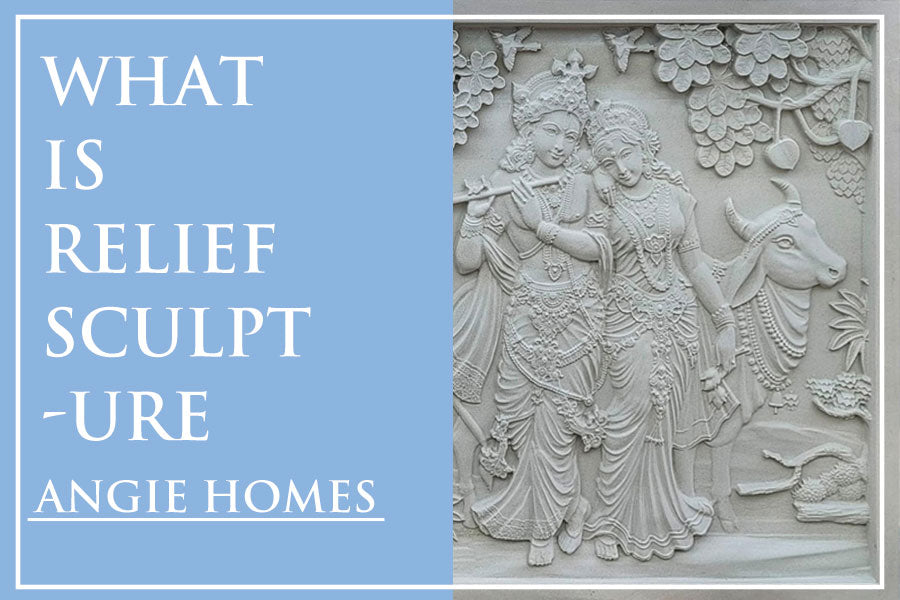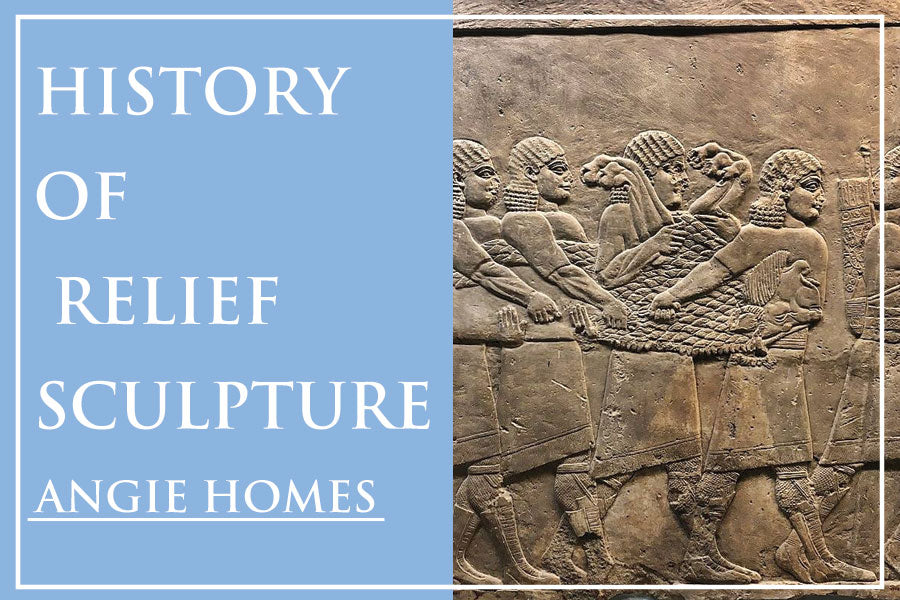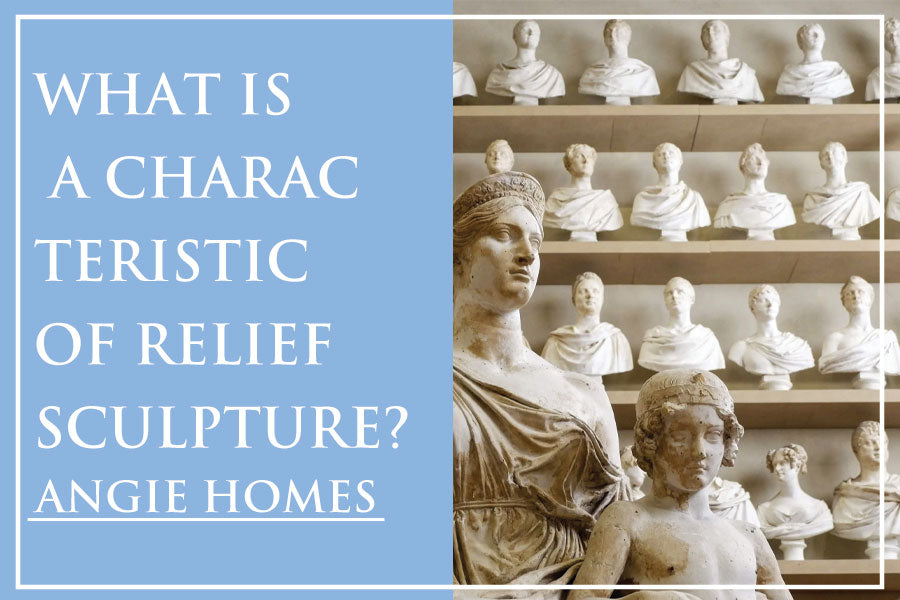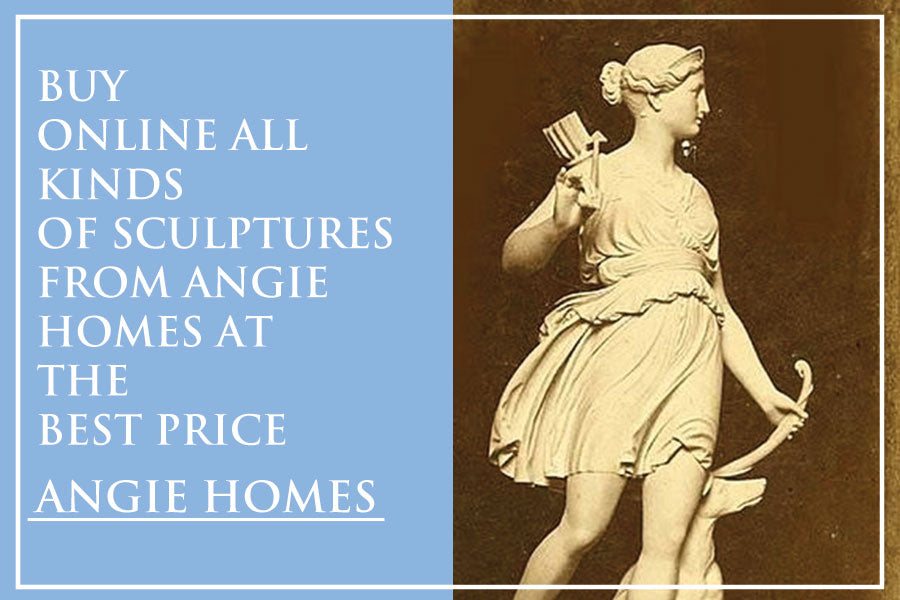Relief sculpture is a fascinating art form that has been universal in the course of human records, supplying a dynamic interplay of shape and depth. This manual explores the diverse international of remedy sculpture, a method wherein 3-dimensional figures emerge from a flat floor. Divided into several distinct types, remedy sculptures vary from low to excessive, each with its particular traits and creative opportunities.
Low alleviation, additionally known as bas-comfort, capabilities subtle projections from the background, growing a shallow depth. This fashion is regularly observed in historical architectural friezes and ornamental elements. In evaluation, excessive relief sculptures showcase the mentioned projections, producing a more dramatic interaction of light and shadow. Sunken or intaglio alleviation entails carving the layout into the floor, with the historical past remaining untouched. These relief types were utilized across cultures and epochs, reflecting the evolution of creative expression and storytelling. Delve into the nuances of Relief Sculpture as we resolve the splendor and intricacy of those timeless artistic creations.
What is Relief Sculpture

Relief sculpture is a charming form of creative expression that plays with the interplay of light and shadow to create a 3-dimensional visual narrative. Unlike fully unfastened-status sculptures, alleviation works emerge from a flat, -dimensional floor, projecting diverse depths to shape a tangible, textured composition. These sculptures can be discovered decorating historic architectural systems, religious monuments, and ornamental panels, spanning diverse cultures and ancient periods.
The term "relief" aptly describes the approach because the sculpted factors are raised, or relieved, from the historical past. This dynamic form allows artists to carry tricky information, convey tales, or depict figures with a unique experience of depth. The intensity of alleviation sculptures can vary, starting from low relief (bas-comfort), wherein the projections are subtle, to high comfort, in which the forms are more pronounced, creating a dramatic visible impact.
Artists commonly rent substances, including stone, wood, metal, or clay, to craft comfort sculptures, showcasing their mastery over the selected medium. This artwork shape invites visitors to explore the tactile qualities of the paintings in addition to appreciating the visible nuances created with the aid of the skillful manipulation of light and shadow. From ancient civilizations to present-day artwork scenes, comfort sculpture remains an undying and versatile means of artistic storytelling, offering a fascinating glimpse into the cultural, historical, and innovative tapestry of humanity.
History of Relief Sculpture

The history of alleviation sculpture spans millennia, tracing its roots to ancient civilizations wherein it performed a pivotal position in commemorating substantial events, religious ideals, and cultural narratives. In Mesopotamia, the renowned Ishtar Gate functions intricately distinct low-relief depictions of dragons and gods, showcasing the Mesopotamians' early mastery of this art form. In ancient Egypt, comfort sculptures adorned temples and tombs, serving as a way to immortalize pharaohs, gods, and mythological scenes. The hieroglyphic inscriptions often observed these depictions, creating a complete narrative.
The Greeks improved alleviation sculpture to new heights, with artists like Phidias developing high reliefs that embellished the Parthenon. These sculptures embodied a harmonious blend of mythological testimonies and idealized human forms, reflecting the cultured beliefs of historical Greece. During the Renaissance, artists like Donatello and Ghiberti revived interest in alleviation sculpture, drawing notions from classical models. Ghiberti's problematic bronze doorways for the Florence Baptistery stand as a testament to the Renaissance's include of this historical art shape.
What Is a Characteristic of Relief Sculpture?

One special characteristic of alleviation sculpture lies in its manipulation of space because it seamlessly bridges the realms of -dimensional surfaces and 3-dimensional paperwork. Unlike free-standing sculptures, comfort works emerge from a flat historical past, utilizing varying levels of projection to deliver intensity. This interaction between nice and bad spaces creates a dynamic visual experience for the observer. The depth of comfort sculptures can be categorized into distinctive styles. In low comfort, additionally referred to as bas-comfort, the sculpted elements challenge only barely from the historical past, retaining a subtle and shallow look. This shape is frequently seen in ancient friezes and ornamental panels, imparting a delicate balance between texture and the flat floor.
Conversely, high alleviation sculptures are characterized by prominently projecting forms, developing an extra dramatic play of light and shadow. This heightened dimensionality allows for a more experience of realism and expressiveness. Notable examples consist of the complicated friezes on Gothic cathedrals or the sculpted figures on Renaissance monuments. The method of sunken comfort, or intaglio alleviation, entails carving the design into the floor, leaving the history untouched. This technique, not unusual in historic Egyptian artwork, imparts a specific visible impact, with the recessed factors drawing attention via shadow and evaluation.
Types of Relief Sculpture

The Relief Sculpture features a wealthy array of types, each characterized by way of the diploma of projection from the historical past and the resulting visible effect. Low comfort, or bas-relief, represents a diffused protrusion of paperwork from the surface. This fashion is customary in historical architectural friezes, in which figures and scenes delicately emerge, providing a harmonious balance between texture and the flat plane.
In assessment, excessive remedy sculpture introduces a greater reported projection of elements from the background. This heightened dimensionality creates a dynamic interaction of light and shadow, making an allowance for an extra dramatic and practical illustration. Often discovered in ancient monuments and ornamental works, excessive alleviation sculptures, inclusive of the ones redecorating Gothic cathedrals, display a mastery of workmanship and interest in elements. Sunken alleviation, or intaglio comfort, employs an extraordinary technique wherein the layout is carved into the surface, leaving the background untouched. This approach, standard in ancient Egyptian art, creates a distinct visual impact, as the recessed elements draw interest via shadow and comparison.
Another kind is the pierced comfort, in which bad areas are strategically integrated, permitting mild to pass via the sculpture. This technique imparts a unique ethereal first-class, seen in works like difficult metallic panels or decorative displays. Narrative comfort sculptures make use of their spatial layout to bring a sequential story. Artists strategically arrange factors, guiding the viewer's eye across the composition to unravel a cohesive narrative. This kind of Relief Sculpture can be observed in ancient depictions of temples and non secular structures, showcasing the artwork form's capability to speak complicated tales and cultural issues.
Examples of Relief Sculptures

1. Sanchi Stupa Toranas
The Sanchi Stupa, a UNESCO World Heritage site, boasts intricately carved toranas (gateways) dating back to the 1st century BCE. These gateways have characteristic first-rate comfort sculptures depicting scenes from the lifestyles of Buddha, Jataka tales, and numerous mythological motifs. The Sanchi Stupa toranas are exemplary in their portrayal of narrative comfort, contributing drastically to the know-how of Buddhist art in historical India.
2. Khajuraho Temples
The Khajuraho Group of Monuments built between 950 and 1150 CE, showcases top-notch comfort sculptures in its temples. The temples, regarded for their complicated erotic carvings, additionally depict scenes from everyday existence, celestial beings, and diverse deities. The creative mastery of the Chandela dynasty is evident in the exact low remedy carvings that decorate the temple walls, imparting a glimpse into medieval Indian artwork and tradition.
3. Ajantha and Ellora Caves
The caves of Ajanta and Ellora, spanning numerous centuries from the second century BCE to the 12th century CE, house top-notch alleviation sculptures. The Ajanta Caves function as elaborate Buddhist works of art with comfort factors depicting scenes from the life of Buddha and diverse Bodhisattvas. The Ellora Caves, on the other hand, showcase a fusion of Hindu, Jain, and Buddhist art, with numerous sculpted panels and reliefs illustrating spiritual narratives.
4. Konark Sun Temple
The Konark Sun Temple in Odisha is famed for its architectural grandeur and intricate relief sculptures. Built-in the 13th century, the temple's walls are decorated with particular carvings depicting celestial beings, legendary creatures, and scenes from ordinary life. The solar temple's chariot wheels, intricately carved with symbolic motifs, stand as an awesome example of high-relief sculpture from medieval India.
5. Rani ki Vav
Located in Gujarat, Rani ki Vav is a stepwell dating back to the eleventh century. This UNESCO World Heritage website online functions with massive sculptural detailing, including several relief panels illustrating episodes from the Hindu epics, mythological stories, and divine beings. The precision and creative finesse displayed within the remedy sculptures of Rani ki Vav highlight the importance of water structure and artwork in medieval India.
Buy Online All Kinds Of Sculptures From Angie Homes At The Best Price

"Angie Homes" is your final destination for getting a wide variety of sculptures online, promising art lovers an unbroken and enriching purchasing revel. With a dedication to supplying the best expenses and a curated selection, Angie Homes ensures that every piece reflects quality craftsmanship and creative excellence.
Explore an extensive collection of sculptures that cater to various tastes and alternatives. From modern-day abstract paperwork to conventional figurative sculptures, Angie Homes provides a complete array that transcends styles and time intervals. Whether you're looking for fashionable bronze statues, intricately carved timber sculptures, or contemporary summary portions, the net platform offers a diverse range to suit specific aesthetic sensibilities.
Navigating the website is intuitive, allowing you to browse via class effects. Each sculpture is meticulously offered with designated descriptions and remarkable snapshots, giving you a virtual gallery to revel in the consolation of your private home. The user-friendly interface makes the selection and buying process seamless, ensuring a pleasing shopping journey. Angie Homes takes pride in imparting aggressive prices without compromising on the pleasantness of the sculptures. The platform often updates its collection to introduce new and exceptional pieces, making sure that clients have access to the modern traits within the global sculpture artwork.
Customer satisfaction is a priority for Angie Homes, and the platform offers secure price alternatives, dependable shipping, and a responsive customer service team. Whether you are an artwork collector, an indoor layout enthusiast, or a person seeking to upload a hint of artistic aptitude for your area, Angie Homes stands as a reliable and accessible online destination for buying top-notch exceptional sculptures at exceptional fees. Elevate your residing space with the timeless splendor and artistic expression located within the various relief sculptures available at Angie Homes.
Conclusion
In conclusion, relief sculpture stands as a flexible and enduring artistic form, transcending conventional substances and alluring innovation. Artists these days continue to redefine their barriers, experimenting with interactive factors and diverse mediums. The legacy of famed cutting-edge sculptors demonstrates the adaptability of alleviation sculpture in reflecting evolving narratives and expressions.
As we appreciate the tactile and visible engagement offered through alleviation sculptures, it becomes obvious that this art form persists as a dynamic method of storytelling. From narrative strategies to cultural effects, the world of alleviation sculpture is a rich tapestry, collectively weaving history, creativity, and the boundless imagination of artists across time and cultures.
Related Posts:
Types of Sculptures: A Comprehensive Exploration
Unveiling the Dynamics of Kinetic Sculpture
Exploring the World of Sculpture: A Comprehensive Guide
Exploring the World of Sculpture: A Comprehensive Guide
A Guide to the Different Types of Sculptures and Statues
Exploring Creativity: Unveiling Additive Sculpture Wonders
FAQ's
Q. Is relief sculpture restrained to traditional materials like stone and timber?
Ans: No, comfort sculpture extends past conventional materials like stone and timber; artists additionally rent metals, clay, and current substances to discover various textures and expressions in this dynamic artwork shape.
Q. Can alleviation sculptures be interactive or tactile for visitors?
Ans: Yes, comfort sculptures may be interactive or tactile, inviting viewers to interact with the artwork. Some artists intentionally design pieces to be touched or skilled in more than one sense.
Q. Are there any well-known contemporary relief sculptors or works well worth exploring?
Ans: Absolutely, current comfort sculptors like Eduardo Paolozzi and Louise Bourgeois have created remarkable works. Exploring their innovative processes gives insight into the evolving landscape of remedy sculpture in the modern era.
Q. Is there a selected method for creating narrative remedy sculptures?
Ans: Creating narrative comfort sculptures regularly entails the strategic placement of factors to deliver a tale. Artists use various depths and dimensions, guiding the viewer's eye across the composition to show a sequential narrative.
